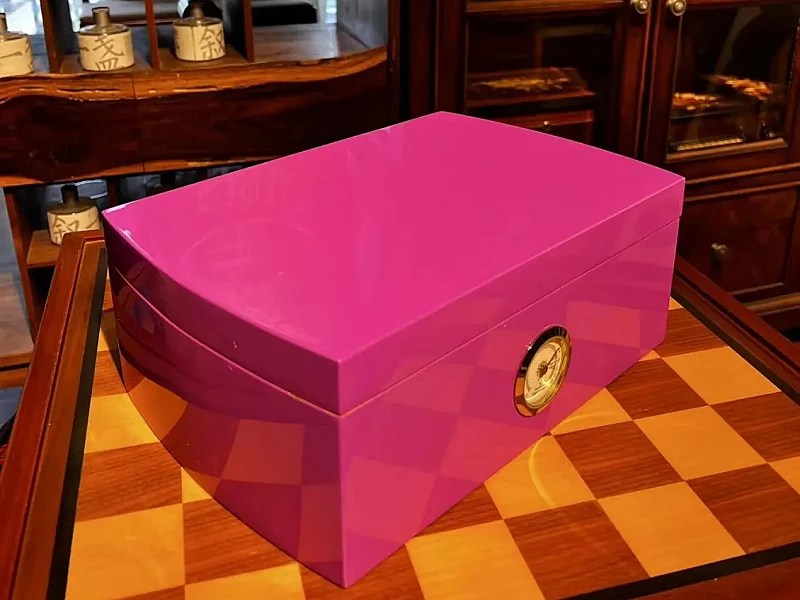
Piano lacquer is synonymous with luxury, but applying it flawlessly to a cigar box is a highly demanding process. Every step—from environment control to polishing—must be executed with extreme precision.
So what are the real technical challenges behind achieving a mirror-like lacquer finish on premium wooden cigar boxes?
In this guide, I’ll share the core challenges I've encountered in years of producing high-gloss cigar packaging, along with professional insights into materials, techniques, and quality control standards.
What is a piano lacquer finish, and why is it ideal for luxury cigar boxes?

Piano lacquer refers to a deep, high-gloss, multi-layered finish that reflects like a mirror. It transforms an ordinary wood surface into an ultra-sleek, sophisticated showcase.
This finish is ideal for luxury cigar boxes1 because it amplifies perceived value, highlights craftsmanship, and matches the prestige of premium cigars.
Why it Stands Out
Piano lacquer isn’t just glossy—it has depth. It reflects light differently depending on the angle, and when applied correctly, gives the surface a "wet" look, as though it's perpetually polished. For high-end cigar boxes, this level of finish makes the packaging an object of desire in itself.
The Material Behind the Gloss
True lacca per pianoforte2 uses multiple layers of polyurethane or polyester resin. Each coat must be evenly sprayed, sanded, and cured before applying the next—usually requiring 8 to 12 layers in total.
How does the environment impact the application of piano lacquer?
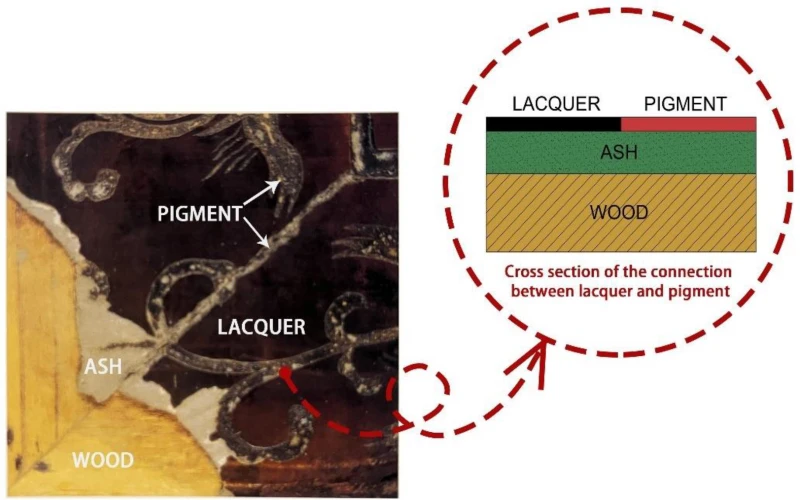
Environmental conditions can make or break a lacquer job. Dust, humidity, and temperature all have a direct effect on curing, adhesion, and surface smoothness.
To achieve flawless lacquer, you need a cleanroom-like spray booth with stable temperature and humidity.
Key Environmental Factors
- Temperatura3: Optimal range is 20–25°C (68–77°F). Too cold, and the lacquer won’t cure. Too hot, and it may bubble or dry too quickly.
- Umidità4: Ideal is between 50–60%. High humidity can cause clouding or "blushing" in the finish.
- Air Circulation: Poor ventilation can lead to overspray settling on the surface, causing roughness or visible particles.
- Dust Control5: Even a single airborne fiber can ruin a wet layer. That’s why I insist on HEPA-filtered air systems in our finishing rooms.
In my workshop, we once lost an entire batch of 50 high-end boxes due to a minor HVAC malfunction. The result? Visible dust specks sealed under the final layer—unacceptable for clients paying for perfection.
What preparation steps are critical before applying the first layer of lacquer?
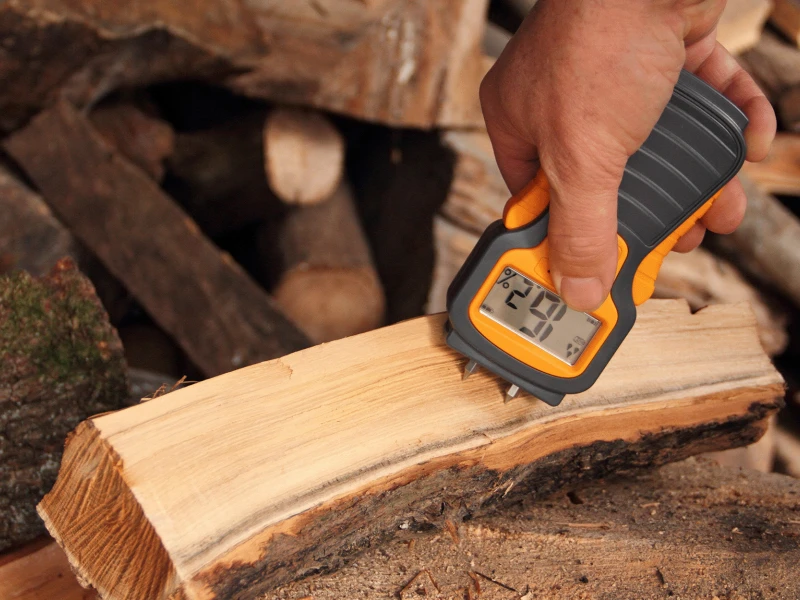
Proper surface preparation is the foundation of a successful piano lacquer finish. Skipping or rushing this stage results in texture inconsistencies and poor adhesion.
Every inch of the wood must be filled, sealed, and sanded to a uniform smoothness before the first coat of lacquer even touches it.
Essential Preparation Steps
-
Wood Moisture Check6
Wood must be seasoned and dried to 8–12% moisture content. Anything higher may release vapor during curing and cause bubbling. -
Filling and Sealing7
Any pores, especially in open-grain woods like mahogany, must be filled with wood grain filler. A sealing coat is then applied to close the surface. -
Progressive Sanding8
Sanding starts at 240 grit and progresses up to 600 or higher. Every grit level removes the scratches from the previous one. Circular sanding is avoided to prevent swirl marks. -
Dust Removal
The surface must be blown clean with filtered air and wiped with a tack cloth or alcohol wipe.
I always tell my clients: 50% of a good lacquer job is invisible. It’s in the preparation that no one sees, but everyone notices in the final result.
What are the common mistakes in layering and polishing, and how can they be avoided?
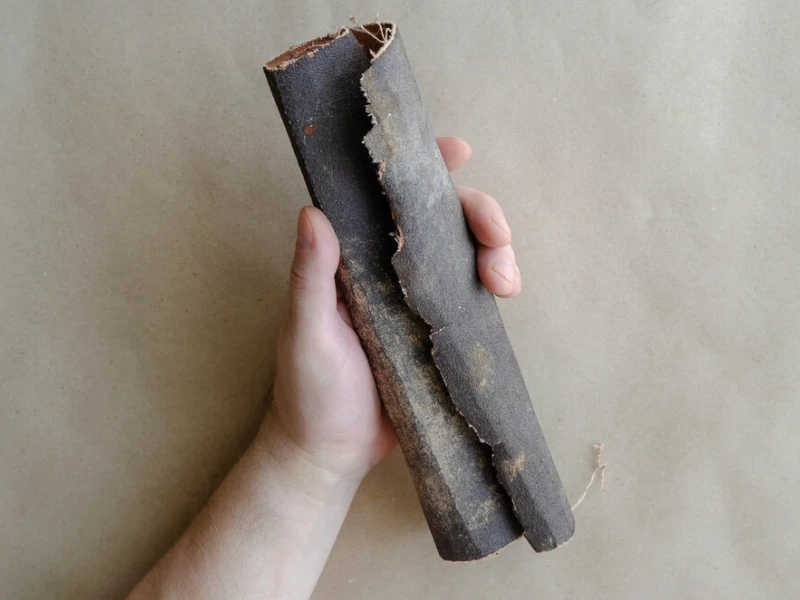
Even with perfect prep, layering and polishing are where most problems occur. Uneven coats9, improper sanding between layers, and over-polishing are common mistakes that destroy the mirror effect.
Layering Pitfalls
-
Applying Too Thick a Coat
Thick layers cause sagging and uneven curing. Always spray in thin, even passes with 75% overlap. -
Not Allowing Proper Dry Time
Rushing to apply the next coat before the previous one has cured leads to solvent entrapment and eventual cracking. -
Skipping Intermediate Sanding10
Each layer must be sanded (typically with 800–1000 grit) to promote adhesion and level the surface.
Polishing Pitfalls
-
Over-Polishing11
Too much heat from buffing machines can burn the finish. It must be done in stages with proper cooling periods. -
Inconsistent Abrasives
Always use the same grade and brand of polishing compound for uniform results. -
Skipping Final Hand Polishing
Machine buffing gets 90% there. The remaining gloss comes from skilled hand polishing using microfiber cloths and swirl removers.
How do you ensure dust-free and bubble-free finishes during the curing process?

Dust and air bubbles are the two enemies of flawless lacquer. Preventing them requires both environmental control and disciplined process management.
Dust Prevention Techniques
-
Positive Pressure Spray Booths12
Keeps outside air from entering and pushing dust in. -
Air Filtration Systems
HEPA filters remove fine particles that settle on wet surfaces. -
Cleanroom Protocols
Workers wear lint-free clothing and sticky floor mats reduce dirt.
Bubble Control Techniques
-
Degassing the Lacquer13
Stirred, not shaken. Lacquer is gently stirred to prevent introducing air bubbles. -
Proper Spray Gun Settings
Atomization pressure must be calibrated to prevent "orange peel" texture. -
Controlled Flash-Off Time14
Allow solvents to evaporate before baking to avoid bubble formation.
After thousands of boxes, I still treat each one like a final exam. Even the smallest inclusion under a gloss layer is visible in direct light and ruins the luxury effect.
What quality control methods are used to guarantee a flawless high-gloss result?
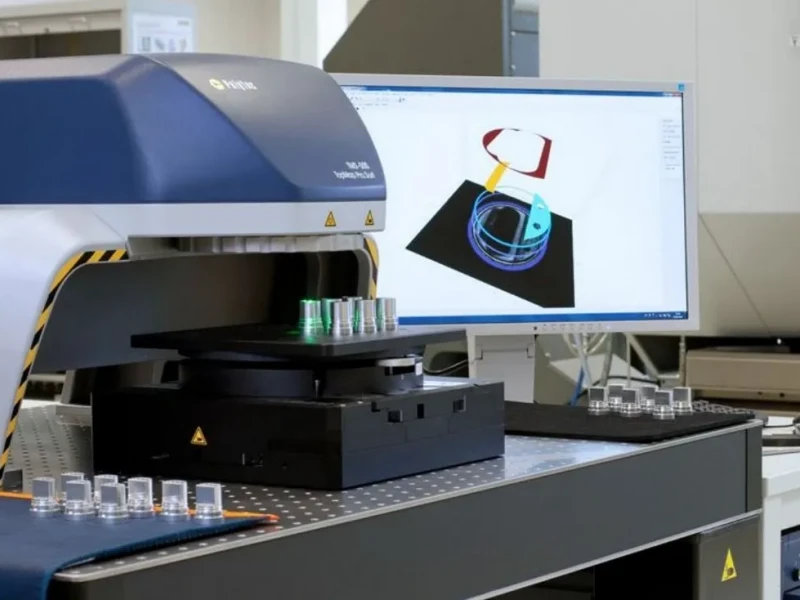
Final quality inspection is not just visual—it’s tactile, dimensional, and reflective. A cigar box with a piano lacquer finish must look perfect under all lighting conditions.
Quality Control Techniques
✔ Visual Inspection Under Multiple Light Angles
Every box is rotated under white, daylight, and warm light to detect surface defects.
✔ Gloss Meter Readings15
Professional gloss meters (measuring in GU - Gloss Units) are used to ensure consistency across batches. A flawless piano finish typically exceeds 90 GU at 60° angle.
✔ Surface Flatness Test16
Light reflection lines must be uninterrupted. Any waviness suggests uneven sanding or coating.
✔ Swirl & Scratch Checks17
Boxes are examined under LED spotlights to detect micro-scratches missed by the naked eye.
✔ Touch Sensitivity Test
Yes—finger glide is real. Clients expect a silky-smooth finish, free from micro-dust.
For high-end cigar brands, even 99% isn’t good enough. That last 1% is where craftsmanship meets brand prestige.
Conclusione
Achieving a flawless piano lacquer finish on a luxury cigar box is one of the most demanding processes in woodworking.
From environment control to sanding discipline, from layering to polishing—every step must be done with precision. For premium cigar brands, it’s not just about aesthetics, but about aligning packaging quality with product excellence.
Nome del marchio: WoodoBox
Slogan: Scatole di legno personalizzate, realizzate alla perfezione
Sito web: www.woodobox.com
-
Discover why luxury cigar boxes utilize piano lacquer, revealing the craftsmanship and prestige behind these exquisite products. ↩
-
Explore this link to understand the unique properties of piano lacquer and its applications in luxury items, enhancing your knowledge of high-end finishes. ↩
-
Temperature plays a vital role in lacquer curing. Discover more about the optimal temperature range for perfect results. ↩
-
Understanding the ideal humidity levels is crucial for achieving a flawless finish in lacquer application. Explore this link for detailed insights. ↩
-
Effective dust control is essential for a smooth finish. Learn about the best practices to avoid imperfections in your lacquer work. ↩
-
Understanding the right moisture content is crucial to avoid issues like bubbling during the curing process. Explore this link for detailed insights. ↩
-
Proper filling and sealing are essential for achieving a flawless finish. This resource will guide you through the best practices. ↩
-
Progressive sanding is key to a smooth surface. Learn more about its techniques and benefits for a perfect lacquer application. ↩
-
Understanding the impact of uneven coats can help you achieve a flawless finish in your projects. ↩
-
Learn why intermediate sanding is crucial for adhesion and surface leveling, ensuring a perfect finish. ↩
-
Discover the risks of over-polishing and how to avoid damaging your finish during the polishing process. ↩
-
Explore how Positive Pressure Spray Booths can significantly enhance your lacquer curing process by preventing dust contamination. ↩
-
Learn about the importance of degassing lacquer to ensure a smooth, bubble-free finish in your projects. ↩
-
Discover how managing flash-off time can be crucial in avoiding bubble formation during the curing process. ↩
-
Understanding gloss meter readings can enhance your knowledge of quality control in finishes, ensuring a flawless result. ↩
-
Exploring surface flatness tests will provide insights into maintaining high standards in product finishes, crucial for brand reputation. ↩
-
Learning about swirl and scratch checks can help you appreciate the meticulous processes behind achieving a perfect finish. ↩





